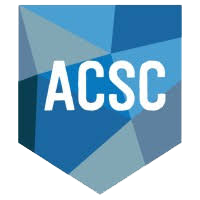 Years ago, disaster recovery discussions focused primarily on whether it was necessary. Organizations looking for basic off-site data protection sought solutions that allowed for on-demand backup and retrieval of VMs from the remote location. However, remote replication doesn’t equate to disaster recovery. For true failover protection, you need a true Disaster Recovery solution option that allows VMs to operate directly from the remote site. Businesses now realize the difference and are implementing DR to preserve their business operations during a disrupting event.
Years ago, disaster recovery discussions focused primarily on whether it was necessary. Organizations looking for basic off-site data protection sought solutions that allowed for on-demand backup and retrieval of VMs from the remote location. However, remote replication doesn’t equate to disaster recovery. For true failover protection, you need a true Disaster Recovery solution option that allows VMs to operate directly from the remote site. Businesses now realize the difference and are implementing DR to preserve their business operations during a disrupting event.
In today's era of digital transformation however, basic recovery is no longer sufficient for businesses to maintain continuity. Modern disaster recovery solutions must not only facilitate rapid failover but also ensure that operations during recovery are as efficient as the normal day-to-day activities in the primary environment. As a result, organizations now strive to eliminate bottlenecks not just in their regular network operations, but also in their disaster recovery processes. The goal is to achieve seamless transition and performance during failover, mirroring the efficiency of standard operations. This approach ensures that businesses can maintain designated productivity and service levels even in the face of unexpected disruptions.
Watch: Achieve A Game Winning Strategy With WEI & Nutanix

The Nutanix Difference
Nutanix recognizes this need, which is why they’ve taken a more innovative approach to DR that addresses these modern challenges. While Nutanix offers a complete data replication option, it also offers a true disaster recovery option that separates itself from the competition. Unlike traditional approaches that rely on specialized hardware or custom Application-Specific Integrated Circuits (ASICs), Nutanix's DR solution is software-based. This approach offers several key benefits:
- Hardware Independence: The solution can run on a wide range of standard x86 hardware, making it easier to maintain DR capabilities across diverse environments.
- Greater Flexibility: Being software-defined allows for greater flexibility in adapting to new and evolving DR requirements without hardware constraints.
- Enhanced Scalability: The system can grow in sync with your operations without complex hardware-specific configurations.
- Cost-Effectiveness: By leveraging commodity hardware, Nutanix often provides more cost-effective DR solutions compared to systems requiring specialized hardware.
Nutanix employs a distributed replication strategy across its entire system. In this architecture, each node in the Nutanix cluster manages a portion of the overall metadata, with all nodes processing metadata through a software-defined system. This balanced, distributed metadata approach is key to Nutanix's scalable and efficient DR solution:
- Workload Distribution: Prevents any single point of failure or performance bottleneck.
- Parallel Processing: With metadata distributed across nodes, operations related to DR (like replication and snapshot management) can be processed in parallel, which improves overall performance.
- Scalable Performance: As new nodes are added to the cluster, the metadata processing capability scales linearly, ensuring that DR operations remain efficient even as the system grows.
- Reduced Network Traffic: Since each node has access to a portion of the metadata locally, it reduces the need for constant inter-node communication, which is particularly beneficial in DR scenarios where network bandwidth might be constrained.
Supported Deployment Options
The distributed architecture of the Nutanix DR system supports several architectural options. Choosing the appropriate deployment model is your first decision:
- Two-Way Mirroring: Workloads are mirrored between sites, ensuring both can handle active traffic. In other words, Site B is the data protection target for selected workloads running on Site A, while Site A serves as the target for Site B.
- Hub-and-Spoke: This many-to-one model is ideal for organizations seeking to centralize replication across multiple sites. It's particularly well-suited for enterprises with Remote and Branch Office (ROBO) setups. In this configuration, multiple remote sites (spokes) replicate data to a central location (hub).
- Cloud Connect: Enables organizations without an offsite backup location to leverage public cloud services, such as Amazon Web Services (AWS), for cloud-based disaster recovery. With Cloud Connect, you can deploy a Nutanix cluster in a public cloud environment which will provide the same level of data protection and disaster recovery capabilities as on-premises deployments.
- Single-Node Backup Target: Nutanix offers a cost-effective single-node backup solution tailored for small and mid-sized businesses. This solution leverages the same underlying disaster recovery technology used in Nutanix's larger deployment models. It provides protection against single-drive failures and supports native end-to-end backup processes.
General Best Practices
Once you have decided on the best deployment model for your needs, here are some general best practices:
- When using a single node backup target, limit protection domains to fewer than 30 VMs and limit backup retention to a three-month policy. Nutanix recommends a policy that includes seven daily, four weekly, and three-monthly backups.
- Use Cloud Connect for workloads with a log change rate and limit each protection domain to one VM to speed up restores. Set recovery point objective (RPO) no lower than four hours.
- Other best practices include storing all VM files on Nutanix storage to maintain consistency, scheduling snapshots during off-peak hours to minimize performance impact and grouping dependent applications into consistency groups for unified recovery.
Final Thoughts
For more best practices or to explore cutting-edge DR solutions and determine the best fit for your organization's needs, reach out to WEI today. Our dedicated disaster recovery engineers are available to discuss innovative options and best practices tailored to your business requirements. Schedule a consultation to learn how you can enhance your DR strategy with the latest technologies and approaches.
Next Steps: A leading federal credit union faced aging infrastructure, rising costs, and scalability challenges that jeopardized the reliability of its critical systems. To modernize its IT environment, they partnered with WEI to deploy a Nutanix-based hyperconverged solution, replacing outdated hardware and ensuring future growth with enhanced disaster recovery capabilities. Download the full case study and learn how WEI can transform your IT infrastructure!













